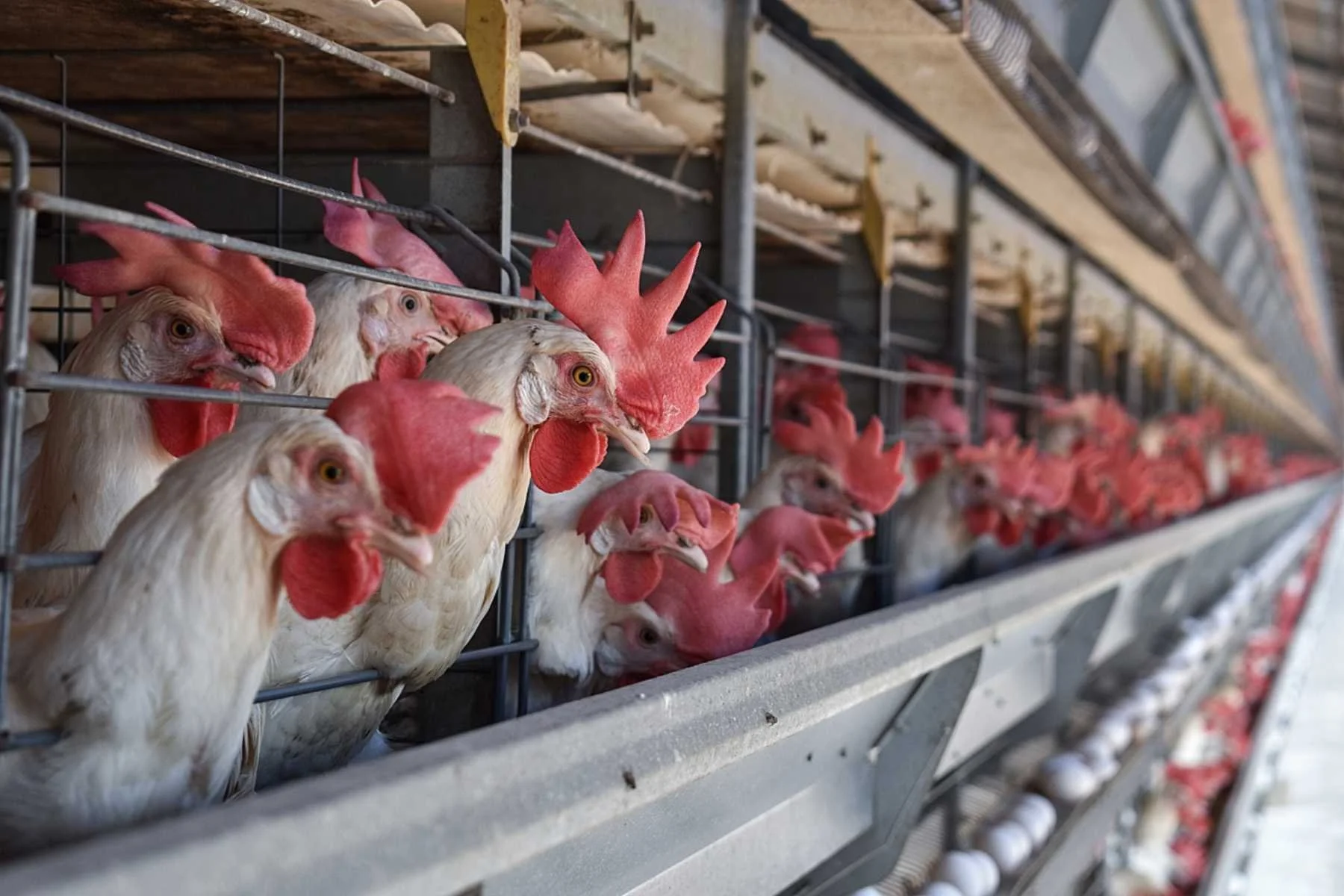“Very concerning”: Microplastics widespread in US seafood, new research suggests
Scientists report that microplastic contaminants were present in commonly eaten fish and crustaceans captured in the West Coast.
Scientists have described new findings about the prevalence of microplastic contaminants in US seafood as “very concerning”.
The unstoppable reach of microplastics - tiny particles of plastic - has become a growing issue after decades of manufacturing plastic.
That’s because ingesting microplastics can have negative effects on the health of humans and wildlife, including causing inflammation and exposure to the harmful chemicals in the plastics.
Now, as part of a new study into the presence of microplastics in seafood, a team of researchers from the Portland State University analyzed six species of finfish and crustaceans commonly found in Oregon.
The species - black rockfish, lingcod, Chinook salmon, Pacific herring, Pacific lamprey, and pink shrimp - were chosen based on their economic and cultural importance to the state’s commercial fisheries.
The results found that human-made contaminants were present in 180 of 182 of the marine fish samples collected from the Oregon coast and Oregon retail markets.
These contaminants included fibres, films, and fragments.
Pink shrimp were found to be the most contaminated of the six species reviewed. One single pink shrimp (weighing 4.9g) contained 36 different human-made particles.
“We found that the smaller organisms that we sampled seem to be ingesting more anthropogenic, non-nutritious particles,” said Elise Granek, one of the study’s co-authors and a professor of environmental science and management at Portland State University.
Granek suggests that this is because shrimp and small fish may be mistakenly consuming microplastics. These fish typically feed on smaller food items like zooplankton, which may resemble tiny microplastic particles that float in the water.
As the scientific analysis was conducted on the edible muscle tissue of the marine animals, the results also raise concerns about how microplastics respond when ingested.
“It’s very concerning that microfibers appear to move from the gut into other tissues such as muscle,” said Susanne Brander, an ecotoxicologist and associate professor at Oregon State University who contributed to the research. “This has wide implications for other organisms, potentially including humans too.”
The study, published in the journal Frontiers in Toxicology, is just the latest research that highlights how pervasive microplastics have become in the environment.
Scientists recently reported that microplastic exposure is now so widespread that it has even been detected for the first time in the breath of wild bottlenose dolphins.
We Have A Favor To Ask…
Species Unite amplifies well-researched solutions to some of the most abusive animal industries operating today.
At this crucial moment, with worldwide momentum for change building, it’s vital we share these animal-free solutions with the world - and we need your help.
We’re a nonprofit, and so to keep sharing these solutions, we’re relying on you - with your support, we can continue our essential work in growing a powerful community of animal advocates this year.






